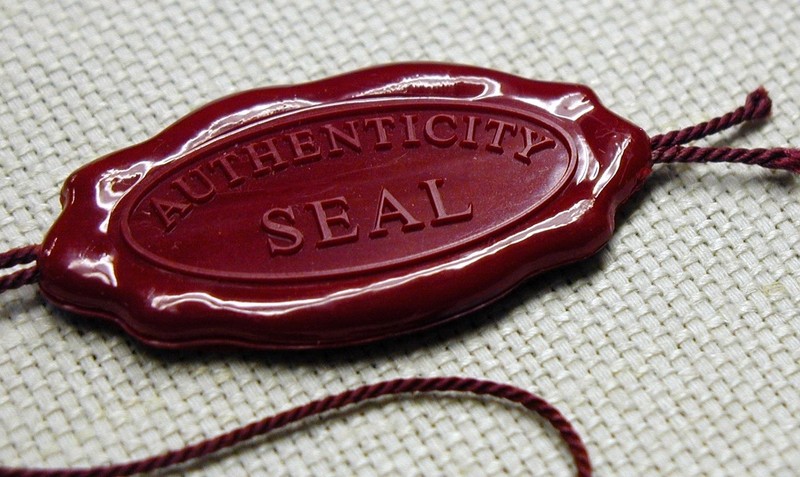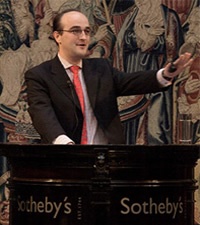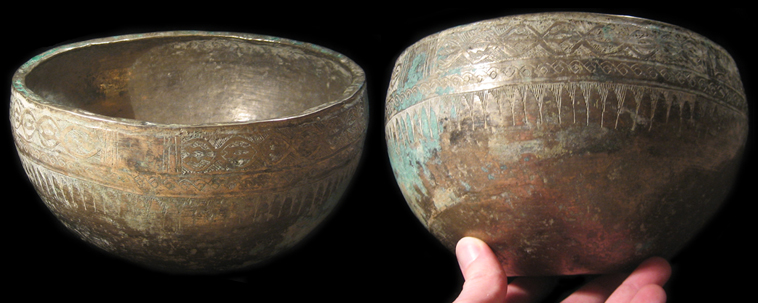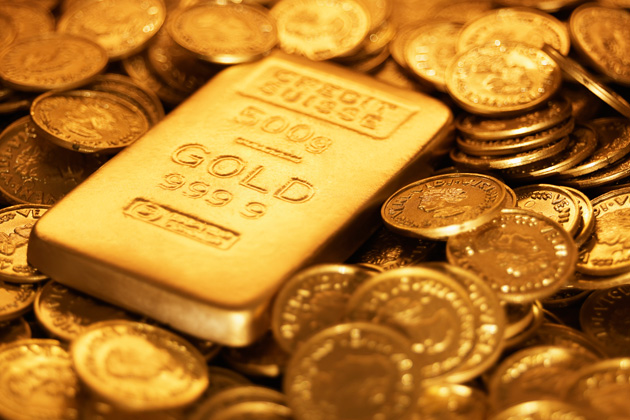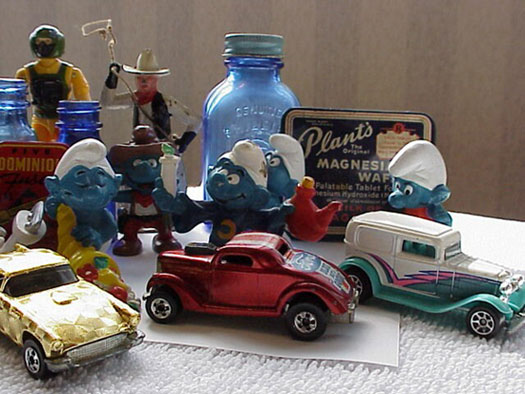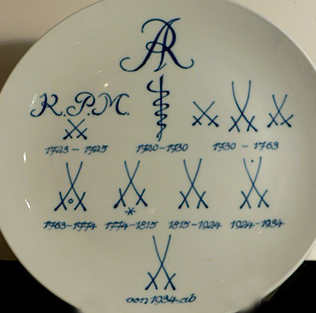The issue of authentication has become ever more pressing in an era when the value of art, the world’s premier luxury commodity, is predicated on the aura of authenticity.
A drawing assumed to be a skilful 19th-century pastiche of Leonardo da Vinci until a recent (largely rejected) attribution to the master himself. The attribution changes the object in no respect other than raising the value by $150m.
Today’s sophisticated viewers of art have a range of expectations that they apply selectively when they encounter differing modes of art. They crave “authentic” contact with the artist’s expression (in the paintings of Van Gogh, for example) while finding nothing objectionable in art made by studio systems staffed by assistants and specialist craftsmen (in Minimalist art).
Ideas of what is authentic can have significant practical implications. When the Sistine Chapel was cleaned in 1994, restorers—convinced that Michelangelo was a technical purist who painted only on wet plaster—uniformly stripped the plaster surface. These erroneous suppositions led to the eradication of details and shading added by Michelangelo after the plaster was dry. Hence faulty conceptions of authenticity—especially when based on partial knowledge or unsubstantiated theoretical beliefs—can have grave consequences.
The studio system is the Renaissance model of art production, fell out of favour with the Romantic ideal of individual expression and, later, the cult of personality that Modernism inadvertently fostered. In the past, when a premium was set upon a work by the master’s hand (as attested to by contracts drawn up in Holland stipulating that paintings be largely or wholly made by the master rather than his studio), it is uncertain whether this was because patrons sought authorial authenticity or simply wanted to assure high quality. The assumption might have been that the master had greater ability than his pupils to finish a work to the highest order.
When a question is raised about the value of a painting, the Dutch reply “wat de gek ervoor geeft” (what the fool will bid for it). Fine art artefacts are repositories of potentially enormous wealth yet have no objectively determined value. In the opaque art market, the authenticity of an art object is the foundation of its financial value, yet this quality is contestable and subject to sudden change. Both Picasso and de Chirico on occasion repudiated their own paintings, leaving frustrated owners with genuine paintings that were hard to sell. In more recent years, work produced by assistants that has left artists’ studios under unclear circumstances has been considered “unauthorised” or “unapproved” rather than inauthentic.
Today’s boundaries of art have expanded to encompass everyday readymade items elevated to the status of fine art by nomination alone and authentic paintings relegated to a hazily defined legal limbo of the unauthorised art object. In the US, the estates of Jean-Michel Basquiat, Jackson Pollock and Andy Warhol have disbanded their authentication committees, in part at least because US law permits an individual to sue an expert if the expert’s action (for example, refusing to accept a painting as authentic) deprives the claimant of economic benefit by devaluing a work in his possession. It may be overly pessimistic to suggest we are on the threshold of a dark age of dubious attributions and worthless “certificates of authenticity” but this is the spectre that some academics fear.
If “authentication” (so closely linked to attribution) is arrived at by consensus relying on scientific data, historical documentation and connoisseurship, “authenticity” is more nebulous, covering as it does concepts of genuineness, perceived historical consistency and notions of adequate communication of an artist’s ideas or a cultural norm. Just as collectors demand certainty of authorship, art viewers seek authenticity of expression and experience.
Value My Stuff is a leading online antique appraisal service with over fifty experts covering a vast range of different areas. Get your antiques valued today.
Patrick van der Vorst
The founder of the company, Patrick van der Vorst, was a Director and Head of Department at Sotheby’s London for over 12 years. His passion and enthusiasm for making the art-identifying and valuing process as approachable as possible, has driven him to create this easy-to-use website, launched in September 2009.
Often the art market can be perceived as not being very approachable, or the process of trying to get your item valued can be quite time consuming and complex. All of our antique experts have worked for Sotheby’s, Christie’s or other leading auction houses, and now offer their knowledge, covering over 35 collecting fields, in order to make the art valuing and appraisal process as straightforward and accessible as possible for you.
As we don’t buy or sell any items, our approach is completely independent and unbiased!
Visit: Value My Stuff

